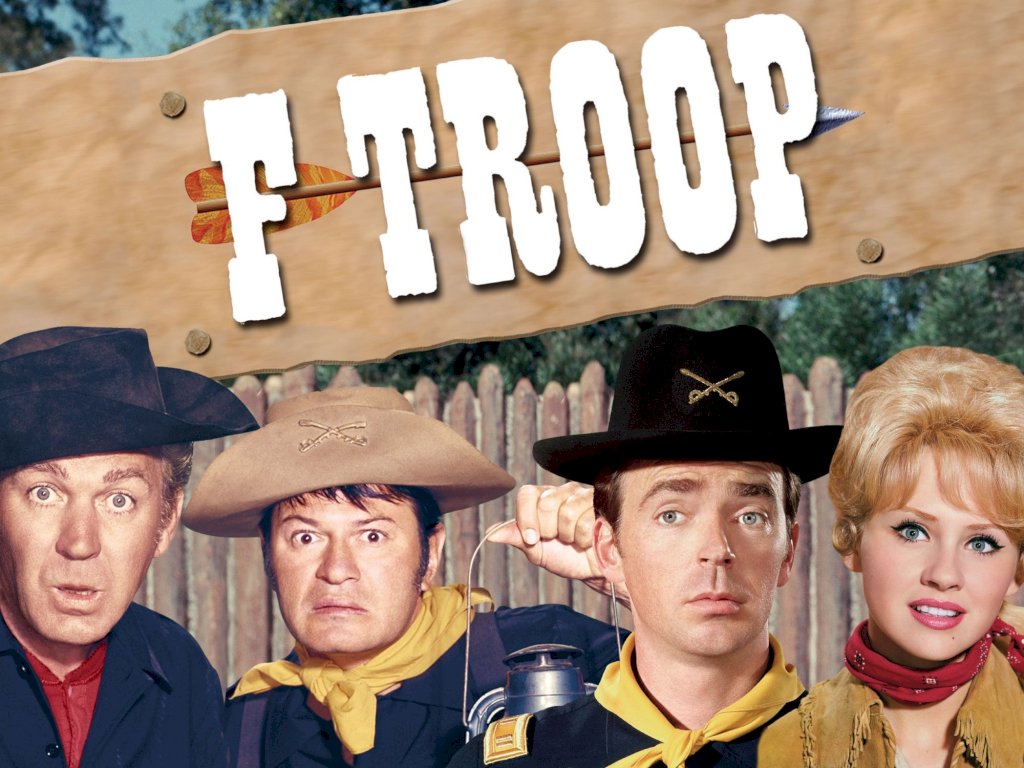The 1960s was a decade of profound social and cultural change in the United States, characterized by a youth-led countercultural movement known as the "Hippie Culture."
The hippies rebelled against the prevailing norms and values of mainstream society, embracing peace, love, and communal living while rejecting materialism and conformity. The roots, ideology, key features, impact, and legacy of the 1960s hippie culture in the US.
The Roots of Hippie Culture
The Beat Generation and Beatniks
The seeds of the hippie culture were sown in the late 1950s with the emergence of the Beat Generation, a group of writers and artists who rejected the conservative values of post-war America. Beatniks, as they were called, celebrated nonconformity, spontaneous creativity, and a rejection of consumerism.
Influence of the Civil Rights Movement
The Civil Rights Movement, which sought to end racial segregation and discrimination, greatly influenced the hippie ethos of promoting equality, social justice, and harmony among all people.
Anti-War Activism and the Vietnam War
As the Vietnam War escalated, opposition to the conflict grew, and many young Americans found themselves questioning the government's actions. This war resistance would become a central pillar of hippie ideology.
The Hippie Ideology and Philosophy
Peace and Love
"Make love, not war" became a rallying cry for the hippies, who believed in promoting love, compassion, and understanding as a means to counteract the violence and hostility they witnessed.
Rejecting Materialism
Hippies shunned the materialistic pursuit of wealth and possessions, advocating for a simpler, more sustainable way of life that emphasized experiences over material goods.
Communal Living and Alternative Lifestyles
Hippies sought communal living arrangements, such as communes and intentional communities, where they could share resources, responsibilities, and foster a sense of unity.
Eastern Spirituality and Psychedelic Experiences
Eastern philosophies and spiritual practices, such as Buddhism and Hinduism, greatly influenced the hippie movement. Additionally, the use of psychedelic substances, like LSD, was seen as a means to achieve higher consciousness and spiritual enlightenment.
The Rise of the Hippie Movement
The Summer of Love
In 1967, San Francisco became the epicenter of the hippie movement during the "Summer of Love." Thousands of young people flocked to the Haight-Ashbury neighborhood, seeking community, music, and an escape from mainstream society.
The Role of Music and Festivals
Music played a pivotal role in spreading hippie ideals and fostering a sense of unity. Iconic musicians like The Beatles, Bob Dylan, and Jimi Hendrix became the voice of the counterculture, and music festivals, such as Woodstock, became synonymous with the hippie movement.
Hippie Fashion and Aesthetics
Hippies embraced distinctive fashion styles, characterized by flowing garments, bell-bottom pants, tie-dye shirts, and long hair, which represented their rejection of conventional norms and their desire for individual expression.
Challenges and Criticisms
Misconceptions and Stereotypes
The hippie movement faced widespread misconceptions and stereotypes, often being portrayed as a chaotic and drug-fueled rebellion without appreciating the underlying philosophies and social goals.
Internal Struggles
While the hippie movement sought unity and harmony, it was not without internal challenges, including clashes over leadership, power dynamics, and ideological differences.
Decline of the Hippie Culture
By the late 1960s and early 1970s, the countercultural movement began to wane as some hippies transitioned into more mainstream roles or embraced different forms of activism and social change.
The Legacy of Hippie Culture
Social Impact
The hippie movement left a lasting impact on American society, influencing subsequent generations' social and cultural attitudes towards peace, environmentalism, civil rights, and individual freedoms.
Influence on Popular Culture
Hippie culture significantly impacted art, literature, film, and fashion, shaping the aesthetics and themes of subsequent artistic movements.
Countercultural Spirit
The spirit of the hippie movement continues to inspire countercultural and alternative movements that challenge societal norms and advocate for progressive change.
The 1960s hippie culture in the United States represents a transformative period in history, where young Americans sought to reshape society and find a deeper connection to themselves and others.
While the movement faced challenges and criticisms, its legacy endures, reminding us of the power of collective idealism, social activism, and the pursuit of a more harmonious world.
